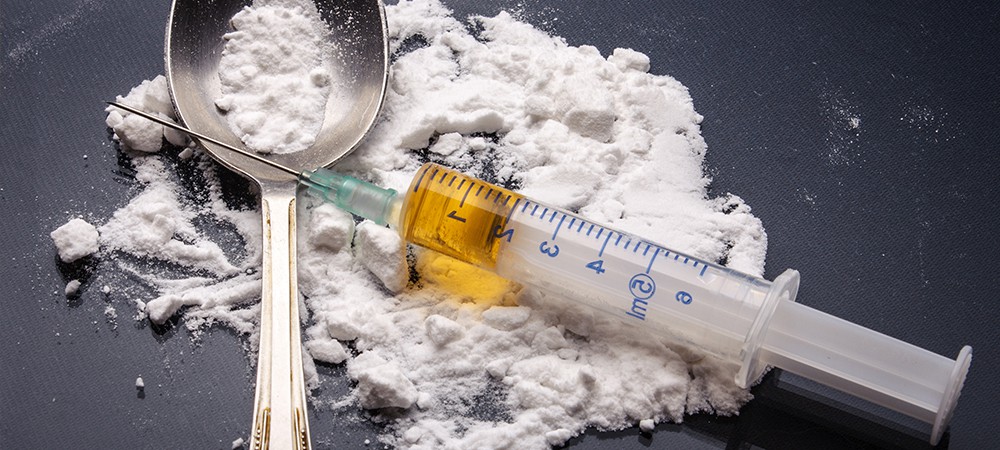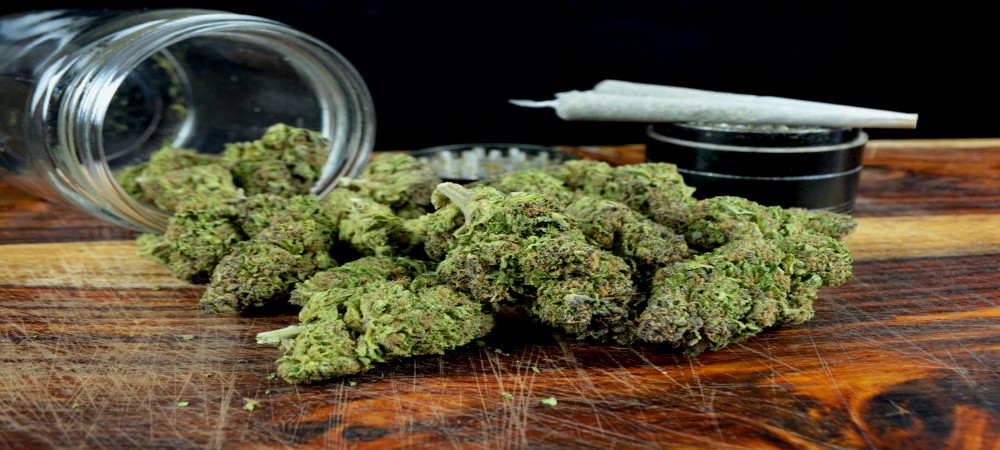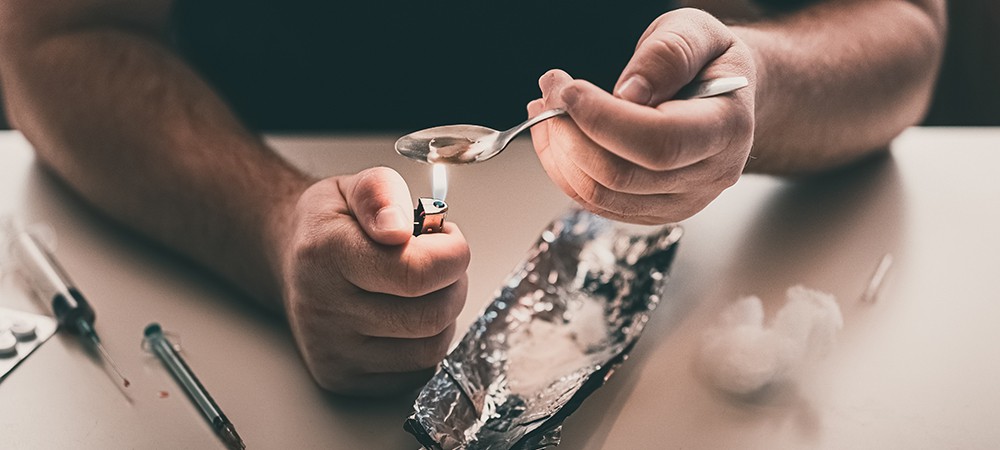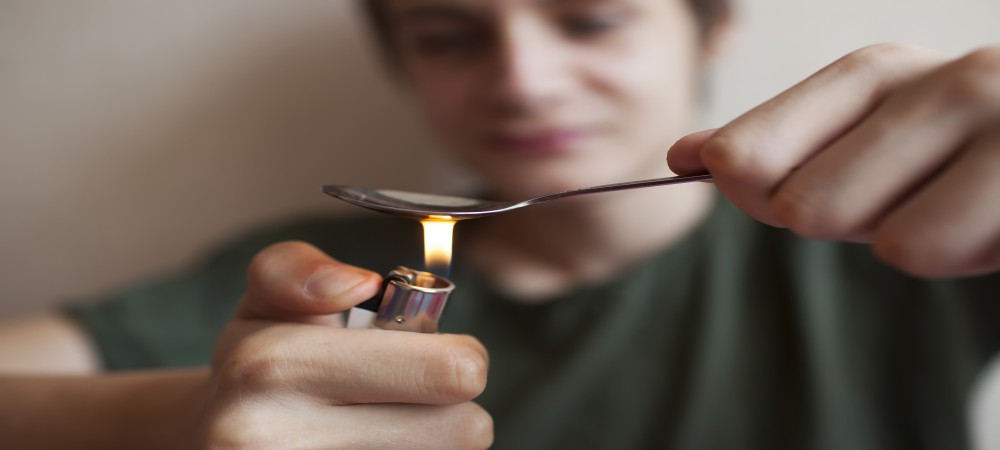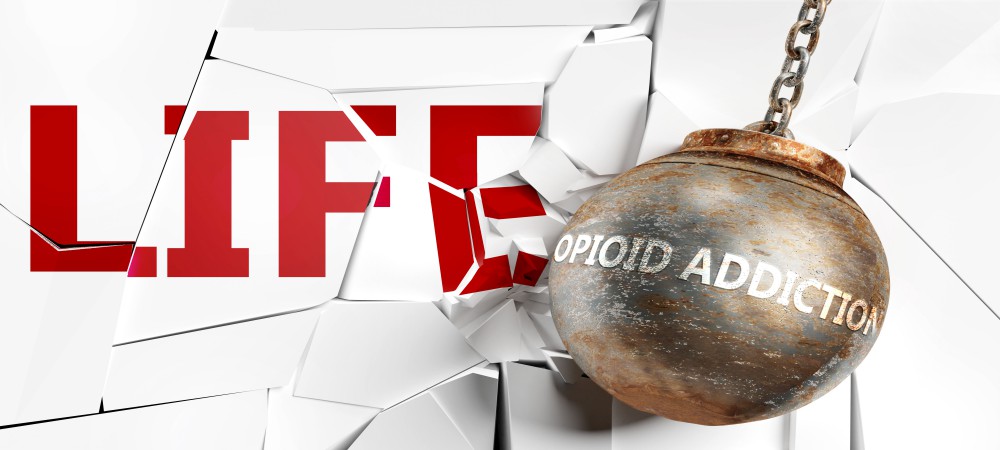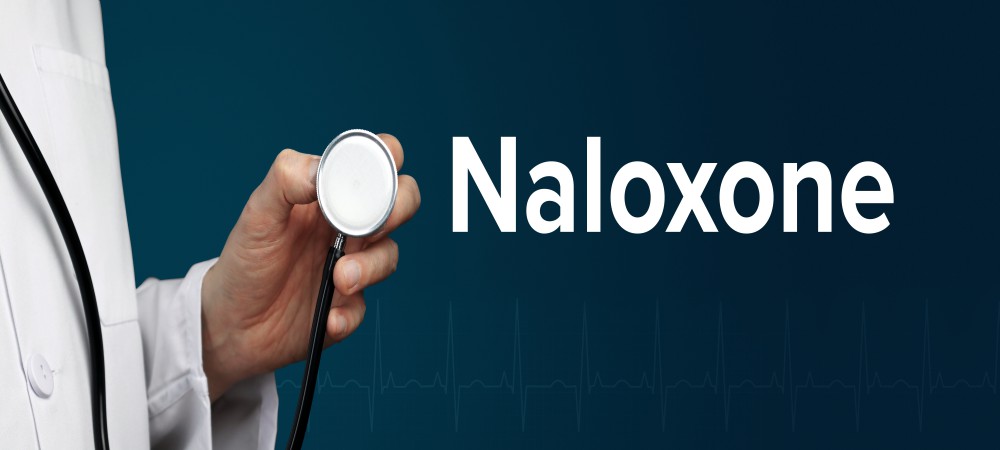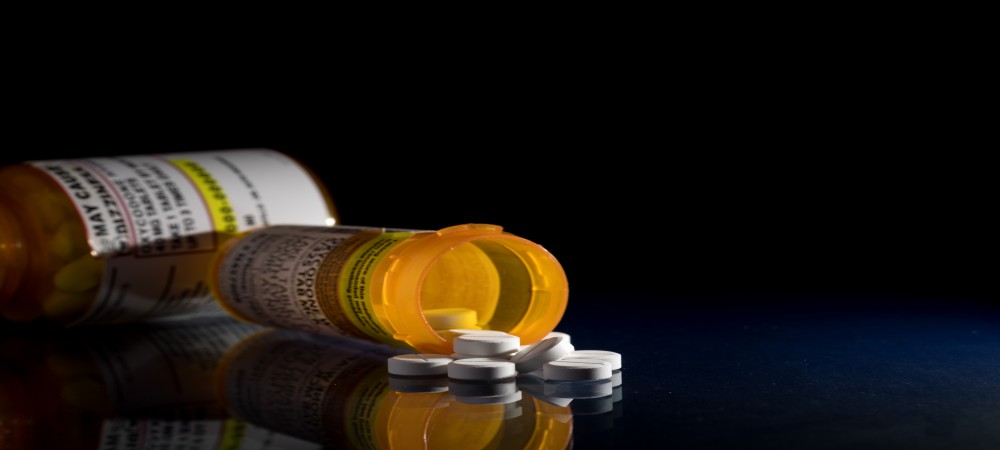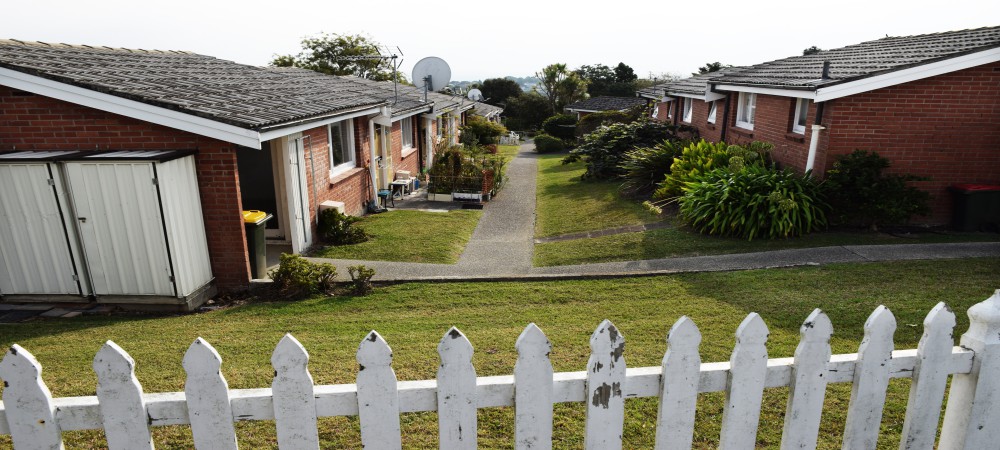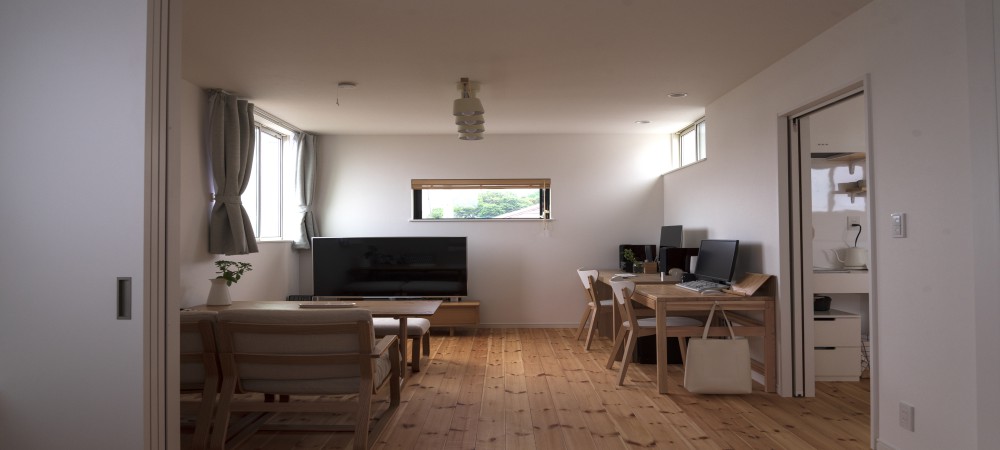The cost of heroin addiction treatment can be overwhelming. For many, insurance tends to be their final resort to receiving treatment. However, not all insurance plans cover the cost of heroin addiction treatment.
This isn’t the only consideration you have to make as regards the pricing for heroin rehab. You should also consider the type of treatment program. Typically, inpatient programs cost more than outpatient programs. Also, how long you receive heroin addiction treatment can impact your total bill.
Although the cost of treatment is expensive, the cost of heroin addiction is more expensive. One way to get the best out of heroin addiction treatment is to view it as an investment.
In a year, the total amount you’ll spend on heroin will outpace the cost of heroin addiction treatment. Also, heroin rehab is worth it because it saves you from legal problems arising from your addiction.
Do you want to know the cost of heroin addiction treatment in Toronto? This article discusses different pricing models and factors that determine the cost. In the same vein, here we discuss insurance as a payment method for heroin addiction treatment.
Cost of Heroin Addiction Treatment
The cost of heroin addiction treatment typically ranges from $2000 to $25000 for standard treatment. If you’re looking for something more luxurious, your heroin rehab costs can climb up to $80000.
The cost of heroin addiction treatment is different among rehab centres in Toronto. The pricing model for heroin rehab is dependent on some factors like your treatment program and your location.
Government-owned vs private heroin rehab
Going for government-owned rehab centres can help you save costs as it’s often free. However, privately owned rehab centres will require you pay for the treatment. While government-owned rehab centres seem like a good option, there is always a long waiting list.
Furthermore, government-owned rehab centres are often short on resources and lacking some facilities. The simple truth is there are lots of people to cater to with limited resources. Getting into a government-owned rehab centre can be difficult as you have to find out if you’re eligible. To verify your eligibility, you have to visit the nearest government-owned rehab centre to make inquiries.
While on the other hand, private-owned rehab centres are more straightforward and less time-consuming. For instance, patients at private rehab centres are quickly admitted into the rehab centre. Unlike government-owned rehab centres, there is no waiting list. Waiting can often prove more dangerous as it means patients can plunge deeper into their addiction.
Also, private rehab centres, although more expensive, attend to your personal needs. Patients are monitored round the clock and their care is tailored according to their needs.
You’ll also have access to medical staff to discuss any issue you may be experiencing. Additionally, compared to government-owned rehab centres, patients have access to more resources.
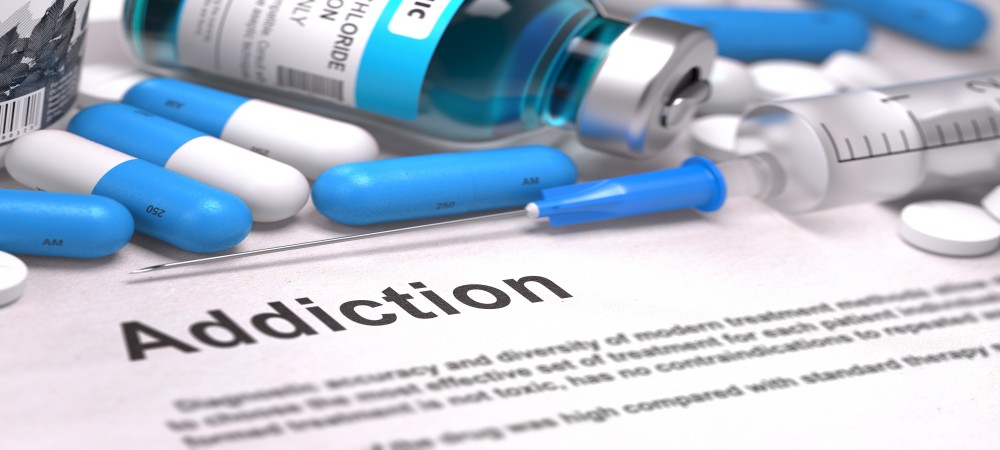
Factors that determine the cost of heroin addiction treatment
Heroin rehabs in Toronto have varying prices depending on some factors. It’s true the cost of heroin addiction treatment increases the longer you stay in the rehab centre.
Also, rehab centres in high-brow areas can influence the cost of heroin addiction treatment. Here are some factors that determine the cost of heroin addiction programs.
Length of treatment
Typically, heroin addiction treatment lasts for a minimum of three weeks with 30 days being the standard. In some cases, the addiction treatment takes 90 days.
However, only a treatment specialist can determine how long you will spend at a heroin addiction treatment centre. Your level of addiction and related symptoms will determine how many days you spend at a heroin addiction centre.
Patients spending 30 days at the rehab will not pay as much as those spending 90 days. In rehab, your accommodation, feeding and medications will be summed altogether. So, a longer timeline will mean a higher cost of treatment.
Type of treatment program
There are different types of addiction treatments. Depending on your level of heroin addiction and duration of addiction, your addiction treatment program will differ. Below are the types of treatment programs and how they affect the cost of heroin addiction treatment.
Detox process
When undergoing heroin addiction treatment, chances are, you will need medical detox. Medical detox is the process of removing concentrated amounts of heroin from your body system. Medical detox can be challenging for some and mild for others.
During medical detox, patients tend to show withdrawal symptoms shortly after. Heroin withdrawal symptoms can be mild or life-threatening. To better manage the situation, medical personnel are on standby to ensure the smooth running of the process.
Medical detox is effective in heroin addiction treatment in that it aids recovery. However, detox programs for heroin have a select cost. The cost of medical detox in heroin addiction treatment ranges from $1000 to $1700.
In-patient rehab program
For in-patient addiction treatment, patients stay in a confined space all through the process. In-patient treatment programs are more challenging in that they regularly engage patients in recovery activities.
Some of the activities in-patient programs offer include yoga sessions, meditation sessions and therapy sessions. For therapy sessions, patients can have individual sessions or group sessions.
During individual sessions, patients get to meet counsellors or previous addicts and get motivated. For group sessions, patients gather around and discuss their addiction journey.
Moving on, in-patient programs will require a change of daily routine to concentrate on your recovery. This may put some people at a disadvantage if they are catering to their cost of treatment. The cost of in-patient rehab programs ranges from $6000 to $12000 for 30 days.
Out-Patient Programs
Out-patient programs do not require much of your attention like in-patient programs. For out-patient programs, patients can still go about their daily routine and still receive treatment. As such, out-patient programs are a better option for patients footing their heroin rehab bills.
Unlike in-patient programs, out-patient programs do not include the cost of accommodation, feeding and medication. For out-patient programs, medication is not strictly supervised by medical personnel. Patients only come back to the addiction centre for regular monitoring of their symptoms.
Although out-patient programs are not as effective as in-patient programs, they are more affordable. They also offer great results for people who are still in the early stage of addiction. Averagely, the cost of an out-patient addiction program ranges from $5000 to $10000.
Rehab centre’s facilities
As you will expect, not all addiction treatment centres have the same facilities. Common rehab facilities include:
- Drug counselling
- Animal psychology
- Psychodrama
- Acupuncture
- Massage therapy
- Group therapy
- Yoga
- Massage therapy
- Animal associated therapy
- Individual therapy
The presence of each of these facilities adds to the cost of heroin addiction treatment.
Location of the rehab centre
Another important factor that will affect the cost of heroin treatment is the location of rehab centres. For some patients, staying close to homes can slow their recovery process.
During addiction treatment, staff at the rehab focus on helping patients recognize their triggers. When you recognize your triggers, it becomes easier to overcome them. To overcome them, rehabs employ several strategies one of which is “distancing”.
Since most triggers include friends, places and locations, it’s always a good idea to enroll at a rehab centre far away from your primary residence.
Also, treatment centres in places with a high standard of living will cost more. So, if your addiction centre is in a place with a high standard of living, be ready to spend more for heroin addiction treatment.
Medication used for treatment
During rehab, patients will receive medication to make their withdrawal and recovery process less painful. The types of drugs administered can affect the cost of heroin addiction treatment.
The common medications given to patients during rehab are buprenorphine, methadone, suboxone and naltrexone. For illustration, methadone prescriptions can cost up to $4700 for a year of treatment.
Size of treatment centre
If you want a home away from home rehab centre, you should expect to pay more. Luxurious rehab centres don’t always have too many patients because of how expensive they are.
These treatment centres allow for more privacy and space to recover. They also offer world-class facilities like gyms, spas, jacuzzis, sports centres and more. All of this will come at a price higher than the average cost of heroin addiction treatment in Toronto.
Paying for Heroin Addiction Treatment Using Insurance
For most rehab centres, patients can pay for treatment using insurance or other financing options. First, you have to confirm if your insurance coverage includes heroin addiction treatment.
Different types of insurance cover addiction treatment. They are:
- Military insurance
- Medicare
- Private insurance
- Medicaid
- State financed health insurance.
What does insurance cover?
Although many insurance companies cover the cost of heroin addiction treatment, it’s not always a complete coverage of costs. The percentage of the expenses your insurance company covers is dependent on your deductibles.
Insurance typically covers detoxification but ultra-rapid and rapid detox aren’t usually covered. Also, it’s common to find insurance companies generally cover outpatient treatment. However, you will find that inpatient rehab isn’t fully covered as it costs more than outpatient rehab. Finally, insurance companies fully cover assessment and consultation expenses.
Medicare is used for people above the age of 65 and people with disabilities. Thankfully, it also covers inpatient rehab but to a certain degree. Its coverage depends on your insurance plan and needs. Medicare equally covers outpatient rehab as long as it is important for the patient’s recovery.
Like Medicare, Medicaid covers both outpatient and inpatient rehab. However, your rehab centre must be accepting Medicaid if you’re to use the insurance.
Does the timeline of heroin rehab affect insurance coverage?
There isn’t a specific treatment length that insurance covers. The coverage is dependent on your needs and your plan. Insurance often covers treatment lengths longer than the standard 30 days treatment period.
At the beginning of your treatment, your insurance company will approve your treatment length. However, when the treatment length elapses, you may be able to request additional coverage.
How to know if insurance covers the cost of heroin addiction treatment?
Finding out if your insurance plan covers the cost of heroin addiction treatment is important. It is one way to determine how much to pay for heroin addiction treatment.
Below are steps to help you determine if your insurance plan covers addiction treatment.
- Call your insurance company and speak to a customer care representative. You must have your insurance ID ready.
- Take notes during the conversation so you won’t leave out any important detail. Also, write down the name of the customer care representative you speak to.
- Find out their coverage level for addiction treatment. Remember to include detox, outpatient rehab, inpatient rehab, medications, assessment, partial hospitalization, hospital-based, residential, etc
- Also, inquire about out-of-network and in-network providers and their insurance coverage percentage.
- Ask about deductibles and copays.
- Find out your maximum out-of-pocket expense.
- Additionally, find out the criteria your insurance company uses to determine what is a medical necessity and what isn’t.
Related Article: The Long Term Effects of Heroin Abuse
The Cost of Heroin Addiction Treatment is Worth it
In determining the cost of heroin addiction treatment, it’s important to consider some factors. Your rehab program whether outpatient or inpatient can affect your treatment cost.
Also, it suffices to know that not all insurance plans cover the cost of heroin addiction treatment. While some plans cover all expenses, some partially cover treatment expenses. You can however discuss payment options with your rehab centre to find out which works for you.
The cost of heroin addiction treatment may seem too much especially if you’re going to a private rehab centre. However, the benefits of being sober outweigh how much you will pay for heroin addiction treatment.
With sobriety comes peace of mind and a more stable source of income. For many former heroin addicts, zero dependence on heroin makes their lives worth living.
That’s why at 1000 Islands Rehab Centre, your recovery is paramount as we offer comprehensive heroin addiction recovery services. More importantly, we do it at affordable pricing too. Book an appointment with us today!
